Parity check
Introduction
A parity check is a simple form of error detection in digital communications. This technique involves the addition of a parity bit to data to make the total number of 1-bits either even (in even parity) or odd (in odd parity). This method is used to detect errors during the transmission of binary information. Parity checks are a fundamental part of many communication protocols, including computer networks and storage devices[^1^].
History
The concept of parity checks was first introduced by Richard W. Hamming, an American mathematician and computer scientist, in the late 1940s. Hamming was working at the Bell Telephone Laboratories when he developed the parity check and the Hamming codes, which are a family of linear error-detecting and error-correcting codes[^2^].
Types of Parity Checks
There are two types of parity checks: even parity and odd parity.
Even Parity
In even parity, the parity bit is set to 1 if the number of 1s in a given set of bits (not including the parity bit) is odd, making the total number of 1s even. If the number of 1s is already even, the parity bit is set to 0[^3^].
Odd Parity
In odd parity, the parity bit is set to 1 if the number of 1s in a given set of bits (not including the parity bit) is even, making the total number of 1s odd. If the number of 1s is already odd, the parity bit is set to 0[^4^].
Parity Check Process
The process of parity checking involves both the sender and the receiver. The sender calculates the parity bit for the original data and sends the data along with the parity bit to the receiver. The receiver then calculates the parity bit for the received data and compares it with the received parity bit. If the two parity bits match, the receiver assumes that the data was transmitted without errors[^5^].


Limitations of Parity Checks
While parity checks are a simple and effective method for error detection, they have some limitations. The most significant limitation is that parity checks can only detect an odd number of bit errors. If an even number of bits are altered during transmission, the parity check will not detect an error[^6^].
Applications of Parity Checks
Parity checks are used in a wide range of applications, including computer memory, data transmission, and data storage devices.
Computer Memory
In computer memory, parity checks are used to detect errors in the data stored in the memory. If the parity check detects an error, the system can take corrective action, such as re-reading the data or alerting the user[^7^].
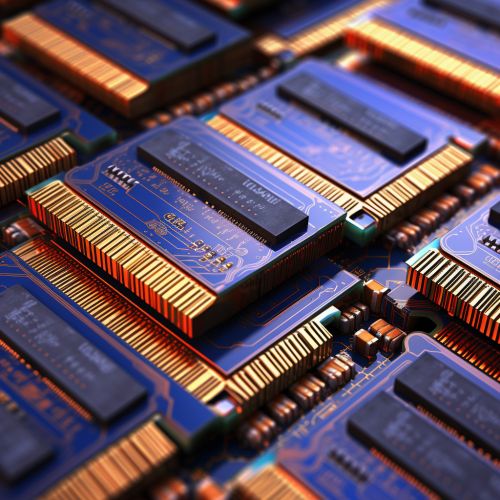
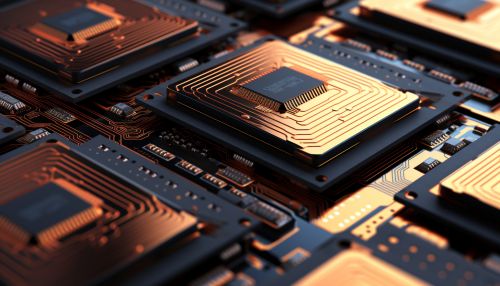
Data Transmission
In data transmission, parity checks are used to detect errors that occur during the transmission of data. This can be particularly useful in wireless communication systems, where data can be corrupted by interference[^8^].
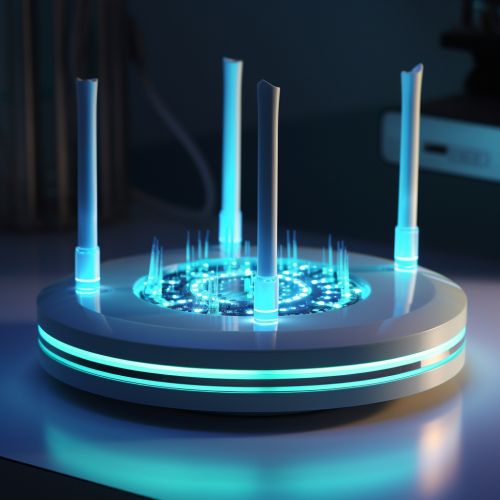
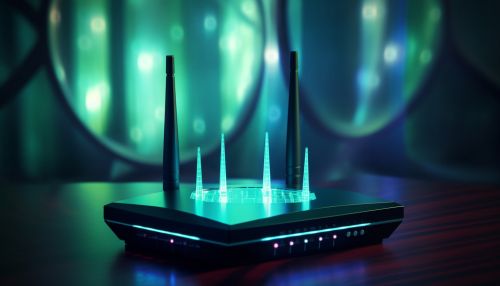
Data Storage Devices
In data storage devices, parity checks are used to ensure the integrity of the data stored on the device. If the parity check detects an error, the system can attempt to recover the original data[^9^].

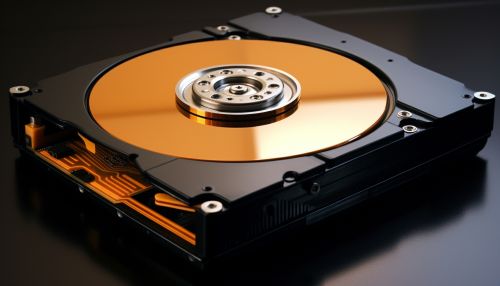
See Also
References
[^1^]: Tanenbaum, A. S. (2011). Computer Networks. Prentice Hall. [^2^]: Hamming, R. W. (1950). Error detecting and error correcting codes. Bell System Technical Journal. [^3^]: Stallings, W. (2013). Data and Computer Communications. Prentice Hall. [^4^]: Forouzan, B. A. (2007). Data Communications and Networking. McGraw-Hill. [^5^]: Comer, D. E. (2011). Computer Networks and Internets. Prentice Hall. [^6^]: Peterson, W. W., & Brown, D. T. (1961). Cyclic codes for error detection. Proceedings of the IRE. [^7^]: Jacob, B. L., Ng, S. W., & Wang, D. T. (2007). Memory Systems: Cache, DRAM, Disk. Morgan Kaufmann. [^8^]: Rappaport, T. S. (2002). Wireless Communications: Principles and Practice. Prentice Hall. [^9^]: Hennessy, J. L., & Patterson, D. A. (2011). Computer Architecture: A Quantitative Approach. Morgan Kaufmann.
